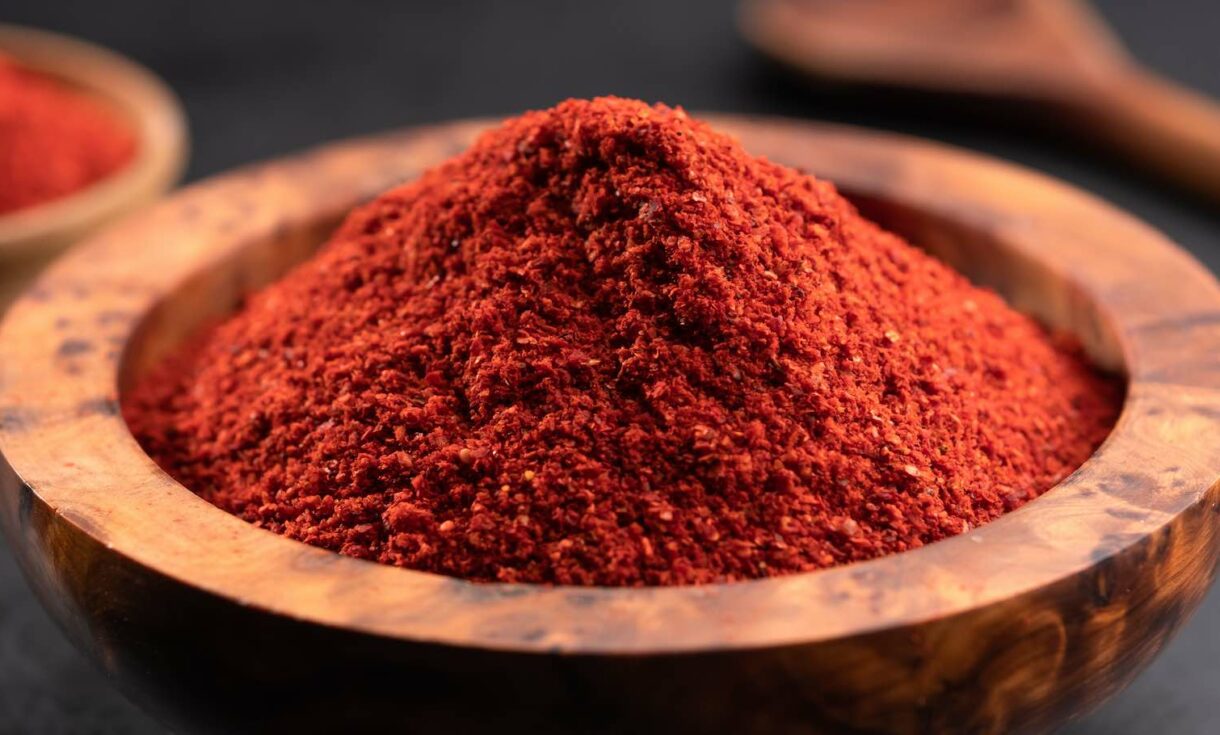- No. 268 Xianghe Street, Economic Development Zone of Xingtai city, Hebei 054001 China
- Byron@hbhongri.cn
Production Process of Ground Smoked Paprika in a State-of-the-Art Factory Setting
The Art and Science of Ground Smoked Paprika Production
Paprika, a vibrant spice known for its deep red color and rich flavor, has its roots deeply embedded in various cultures, particularly in Hungary and Spain. Among the numerous varieties of paprika, ground smoked paprika stands out, offering a unique taste profile that combines sweetness, smokiness, and a hint of bitterness. This specialized paprika is not just a culinary delight; its production involves a fascinating blend of tradition and modern technology, particularly in a paprika factory.
The journey of ground smoked paprika begins with the careful selection of peppers. Typically, the specific variety chosen for smoking is the Capsicum annuum, which is known for its robust flavor and thick flesh. These peppers are harvested at their peak ripeness, when they are bursting with color and flavor. The farmers carefully handpick the peppers, ensuring only the best quality fruits make it to the factory.
The Art and Science of Ground Smoked Paprika Production
After the smoking process is complete, the peppers are then allowed to cool and dry thoroughly before they are transported to the grinding stage. At the factory, the dried smoked peppers are cleaned and sorted to remove any impurities or non-uniform pieces. The careful attention to detail at this stage ensures a high-quality final product.
ground smoked paprika factory

Grinding the dried smoked peppers into a fine powder is a precise process. Industrial mills equipped with advanced technology achieve consistent particle size, which is crucial for maintaining the flavor and aroma of the spice. The grinding must be done gently to avoid overheating, which can alter the flavor profile. After grinding, the smoked paprika is sifted to ensure uniformity and then packaged for distribution.
Quality control is a vital aspect of the production process. Every batch of smoked paprika is tested for flavor, color, and aroma, ensuring that it meets the high standards required by culinary professionals and consumers alike. The use of state-of-the-art technology for testing, alongside traditional sensory evaluation methods, helps maintain consistency across productions.
The demand for ground smoked paprika has surged in recent years, driven by the rising popularity of international cuisines and home cooking. This trend has encouraged paprika factories to adopt sustainable practices to meet consumer expectations. Many factories are now focused on reducing waste, utilizing renewable resources, and employing environmentally friendly packaging methods.
Moreover, the cultural significance of smoked paprika adds another layer to its allure. It is not just a seasoning; it is a staple in many households, especially in Spanish and Hungarian cooking. Its use in dishes such as paella, goulash, and various stews highlights its versatility and ability to enhance flavor profiles.
In conclusion, the production of ground smoked paprika in a factory is a remarkable blend of art and science. From the careful selection of peppers to the meticulous smoking and grinding processes, each step plays a vital role in creating this beloved spice. As consumers continue to explore diverse flavors, the tradition of smoked paprika production will not only endure but thrive in kitchens around the world.
-
Turmeric Rhizome Powder: A Golden Treasure from Roots to TableNewsJul.28,2025
-
The Versatile Application Of Crushed Red Hot Peppers: Lighting Up The Red Flames On The Dining TableNewsJul.28,2025
-
The Paprika: A Touch Of Vibrant Red In Color, Flavor, And CultureNewsJul.28,2025
-
Ground Turmeric: A Modern Examination of an Ancient SpiceNewsJul.28,2025
-
Capsicum Liquid Extract: Features, Applications, and ChallengesNewsJul.28,2025
-
Application of Capsicum Liquid Extract in FoodNewsJul.28,2025







